Pastel shades
Shades of pastels have their own names. So, green, used in pastel painting, is called mint, red - coral, orange can have a peach or apricot tone, purple - lavender or lilac. Yellow in pastels can be lemon, blue - turquoise. Of course, the richness of the pastel palette is not limited to these colors, there may be other tones, but they must necessarily be slightly faded, as if burnt out in the sun, bleached, or sprinkled with powder.
Properties of pastel colors
One of the reasons for the popularity of bedroom decor in pastel colors is their effect on the human nervous system. Shades of pastels are suitable for any temperament, have a positive effect on the psyche, refresh and soothe. They have neither warming nor cooling effect, that is, they are neutral, so they can be used both in bedrooms facing north and in those facing south.
The use of pastel shades makes it possible to safely experiment with color combinations, since they all harmonize perfectly with each other. It's hard to imagine a bedroom decorated in blue, purple and red at the same time. In such a bedroom, the human nervous system will be excited and tense to the limit. However, when using pastel shades of these colors, such a combination is not only possible, but can also be unusually refined and pleasant, and it will be easy and calm to be in such an interior.
Design options
A bedroom in pastel colors always looks graceful and gentle, and is very suitable for women. If you want to make a men's bedroom, you should dwell on blue and blue tones, with the addition of shades of green. In any case, light powdery tones will bring freshness and softness to the interior, which is very appropriate in the bedroom. Usually, when designing interiors, one of the following three schemes is used:
- A neutral tone is used as the base, and pastel as an additional one. Examples: beige and light blue, gray and pastel pink, delicate brown and mint.
- Both as a base and as an additional pastel colors are used. In this case, you can combine any shades, for example, blue and pink, blue and lilac, lemon and mint, coral and turquoise. All pastel colors are in perfect harmony with each other, so you can pair up to your own taste without risking mistakes.
- Three or even more pastel shades are used at once in various combinations. Do not be afraid that the result will turn out too bright - pastel colors soften color combinations, and the finished interior will be joyful and at the same time delicate.
Light beige is most suitable as a thinner color for pastel shades.White, brown, gray can also play this role, but nevertheless, designers consider beige, milk, cream, cream to be the most suitable. Gray is used in cases when they want to bring cool notes to the interior, and brown will allow you to include vintage elements in it.

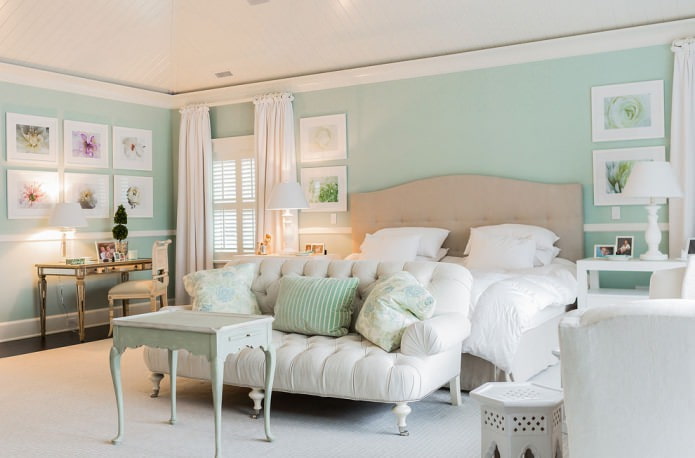
 10 practical tips for arranging a small kitchen in the country
10 practical tips for arranging a small kitchen in the country
 12 simple ideas for a small garden that will make it visually spacious
12 simple ideas for a small garden that will make it visually spacious
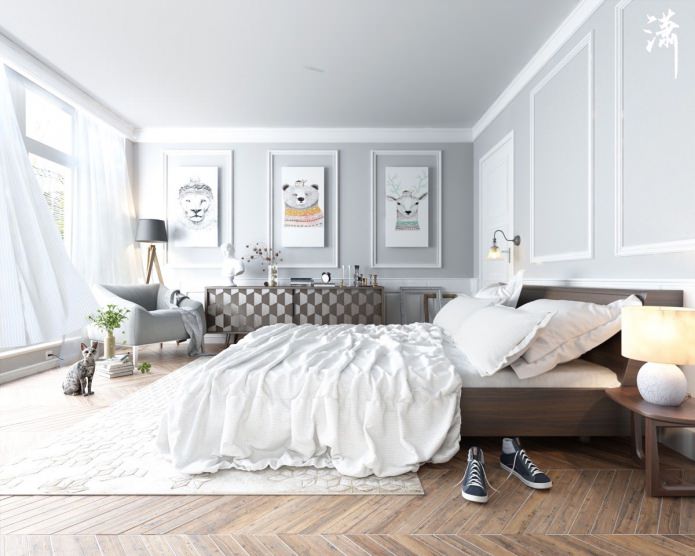
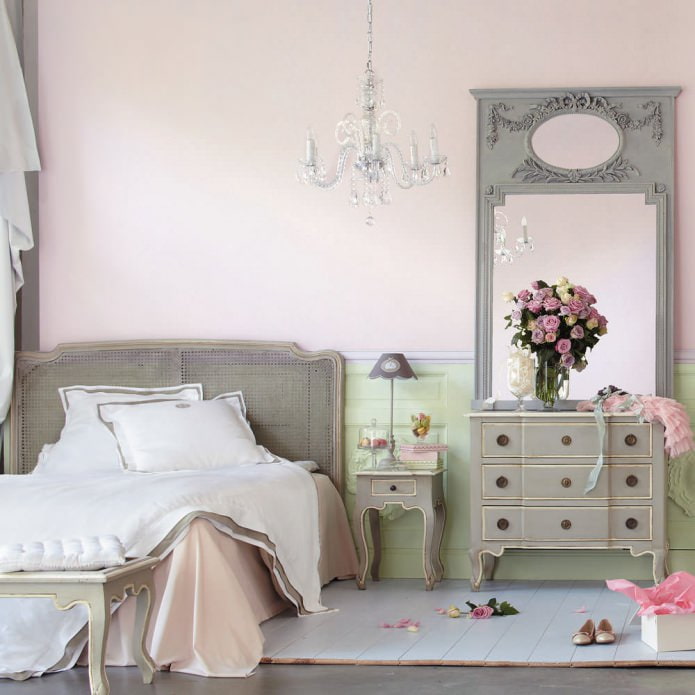
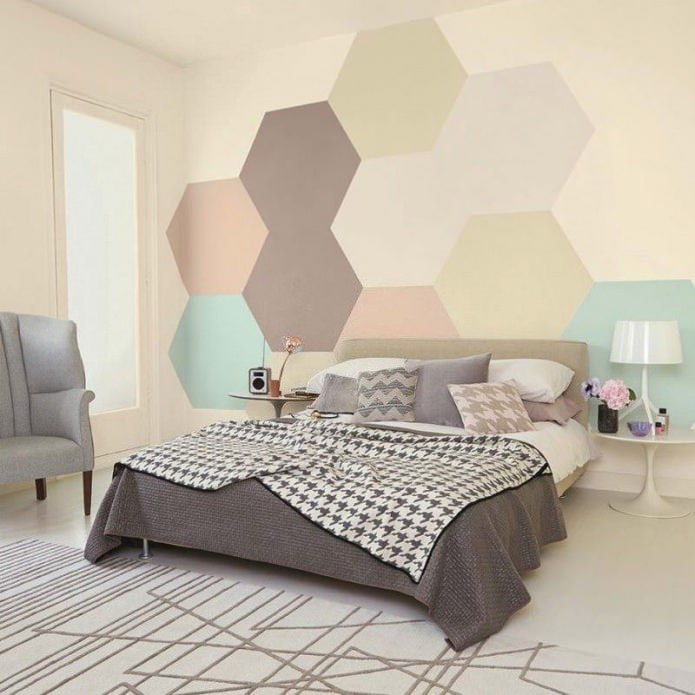

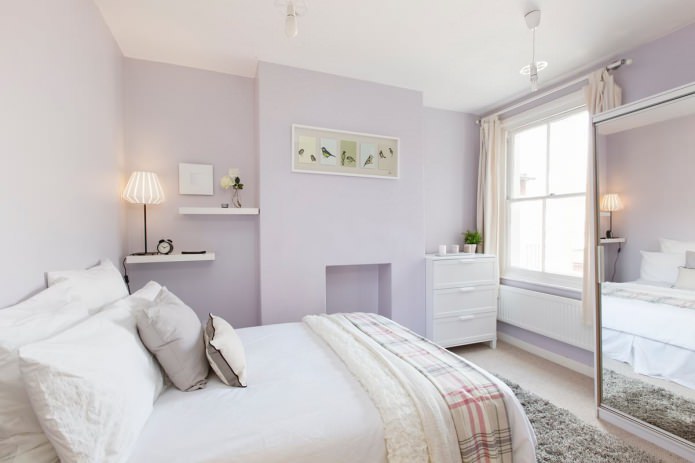
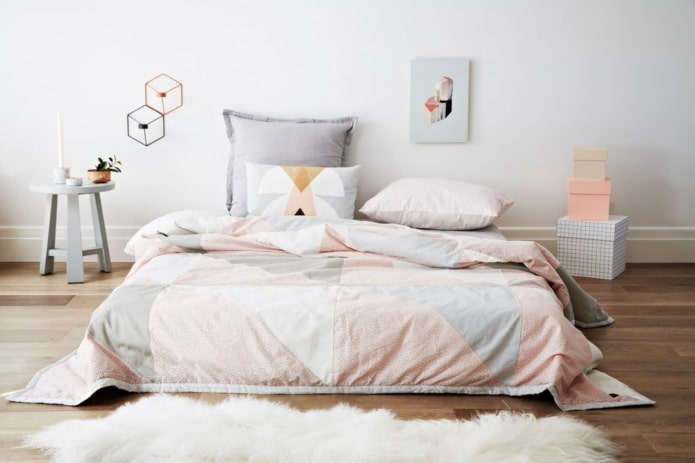

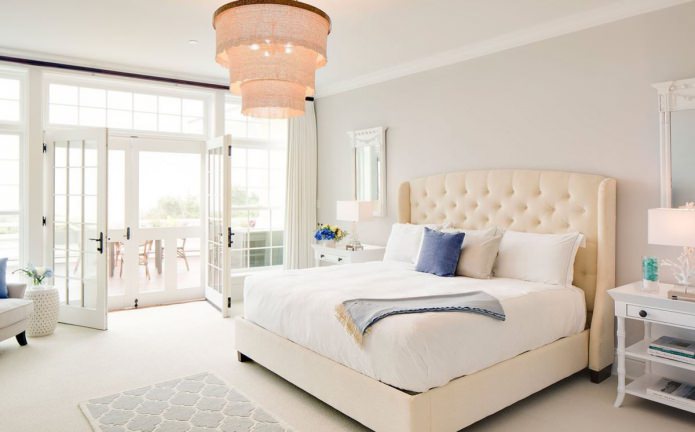
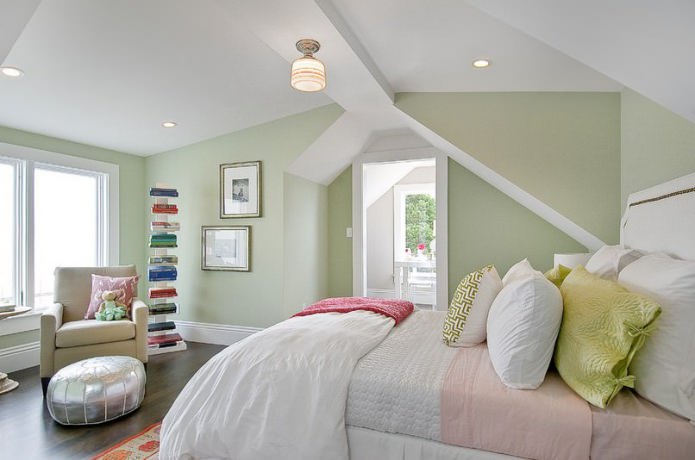
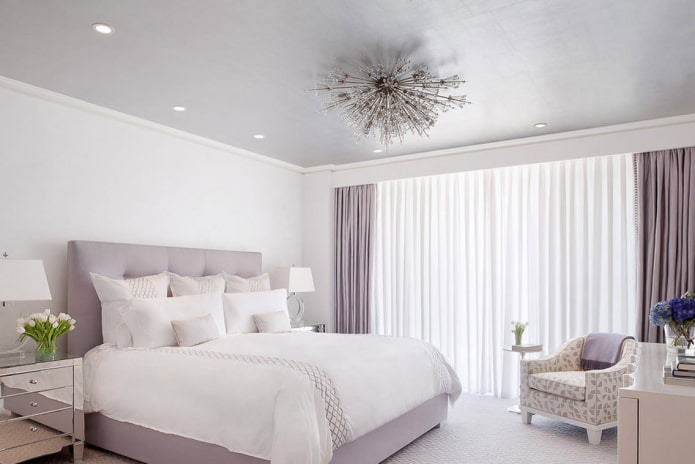
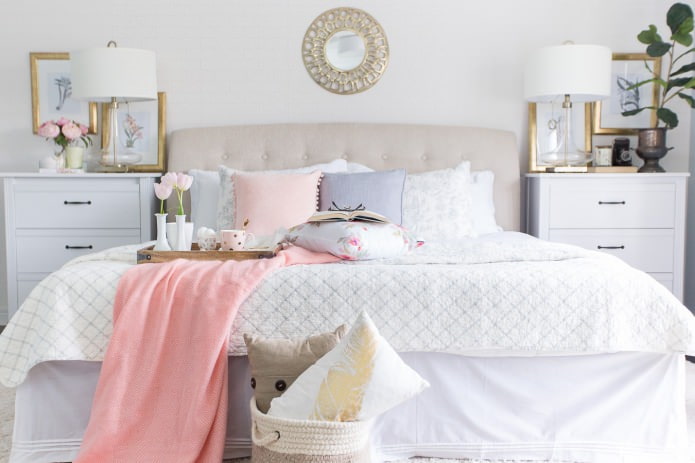
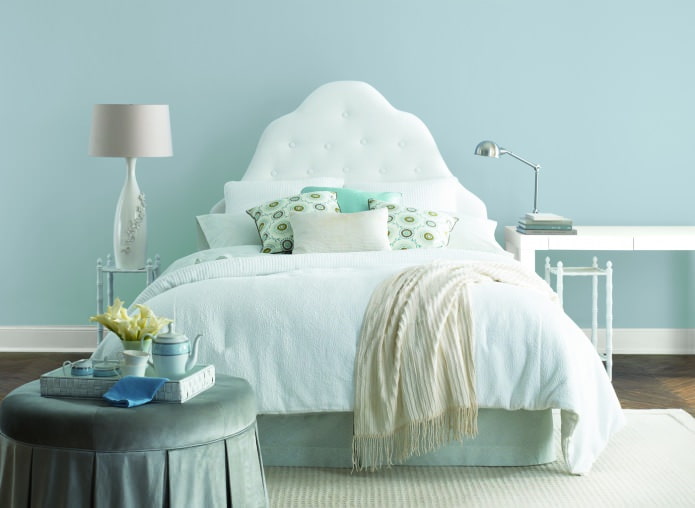
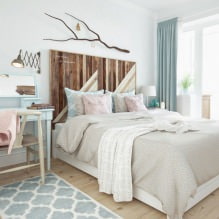
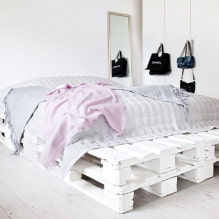
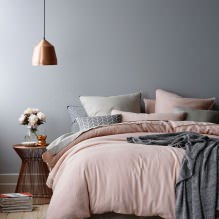
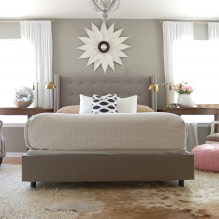
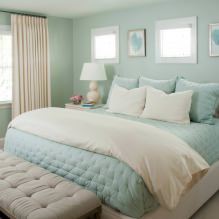
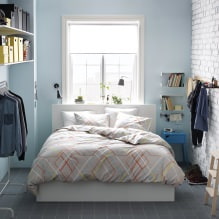
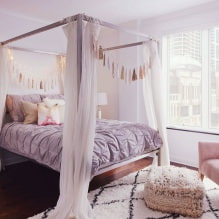
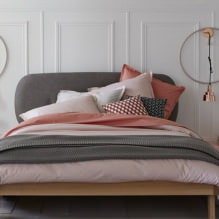
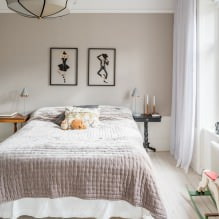
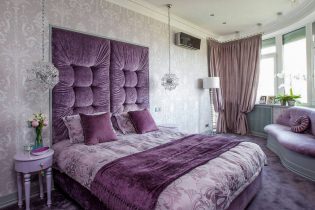 Wall design in the bedroom: choice of colors, finishes, 130 photos in the interior
Wall design in the bedroom: choice of colors, finishes, 130 photos in the interior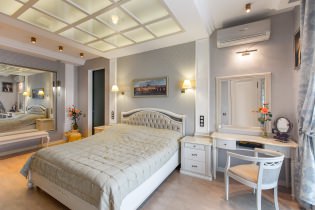 Bedroom design with gray wallpaper: 70 best photos in the interior
Bedroom design with gray wallpaper: 70 best photos in the interior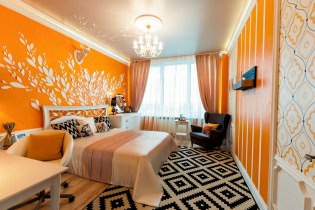 Bedroom design in orange tones: design features, combinations, photos
Bedroom design in orange tones: design features, combinations, photos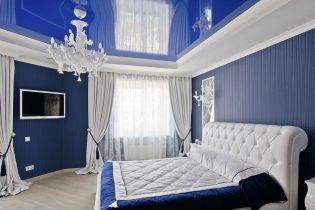 Stretch ceilings in the bedroom: 60 modern options, photo in the interior
Stretch ceilings in the bedroom: 60 modern options, photo in the interior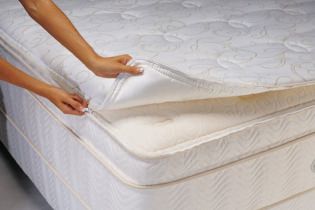 The choice of an orthopedic mattress: features, types of fillers, sizes
The choice of an orthopedic mattress: features, types of fillers, sizes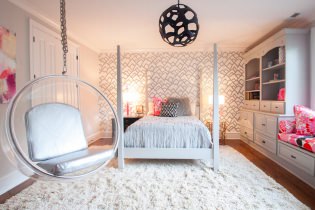 Bedroom design for a girl: photos, design features
Bedroom design for a girl: photos, design features